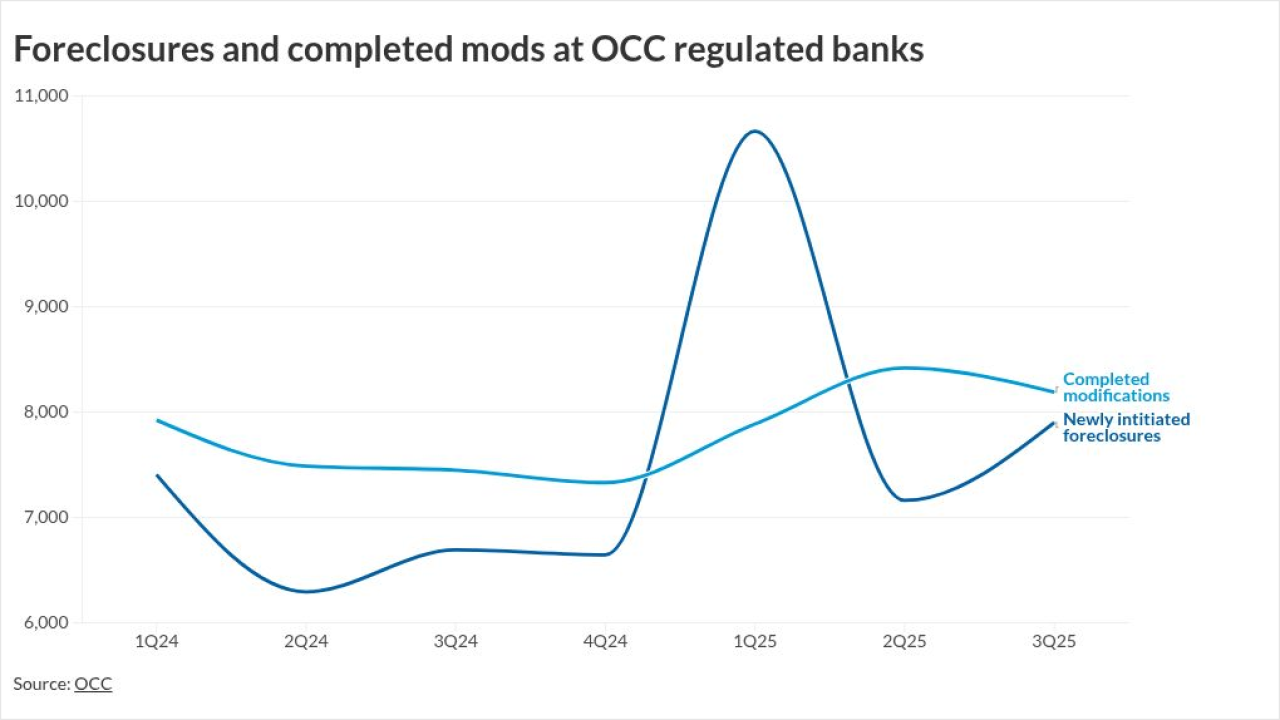Millennial homeownership rates declined between 2009 and 2016 before picking up in 2017, even as the number of households under the age of 35 dropped by over 1 million, a ValuePenguin study found.
The share of renters to homeowners under the age of 35 was split 61.3% to 38.7% in 2009. That split went to 67.4% to 32.6% by 2016 and 67% to 33% in 2017, according to a study of U.S. Census Bureau American Community Survey data by ValuePenguin research analyst Chris Moon. The number of millennial homeowner households fell by 18.5% over eight years.

At the same time, the
"However, renters under 35 continued to grow in number almost every year, meaning that the loss of homeowners under 35 was responsible for most of the overall decline," Moon said in blog posting accompanying the study. "This suggests that in most years, non-millennial homeowners who aged out of the under-35 group were not being replaced by an equal or greater number of first-time millennial homebuyers."
A
When Americans of all age groups are taken into account, the ratio of homeowners to renters has been shrinking since 2009. About 75.3 million households owned in 2009 compared to 37.3 million renter households, a ratio of 2.02 to 1.
Even though the number of homeowner households rose approximately 500,000 by 2017, the number of renter households grew by 5.7 million, reducing the ratio to 1.76 to 1.
"When we charted the ratio of homeowners to renters for each type of housing, renters accounted for an increasing portion of single-family homes and mobile homes while maintaining their share of apartment homes. Besides supporting the idea that more U.S. households are choosing to rent in general, this trend suggests that people who need single-family houses — usually families — are becoming more likely to rent than buy," Moon said.
In 2017, 14.9 million renter households were in
Besides the upfront costs, like the down payment, to buy a home, ongoing costs — such as a mortgage payment, insurance and taxes — need to be dealt with.
"The growth of renters relative to homeowners may be an indication that younger households are less willing or less able to meet the extra costs of owning a home. However, it remains to be seen whether these households are delaying homeownership or rejecting it outright," Moon said.
ValuePenguin is a personal finance website that is a part of LendingTree.




